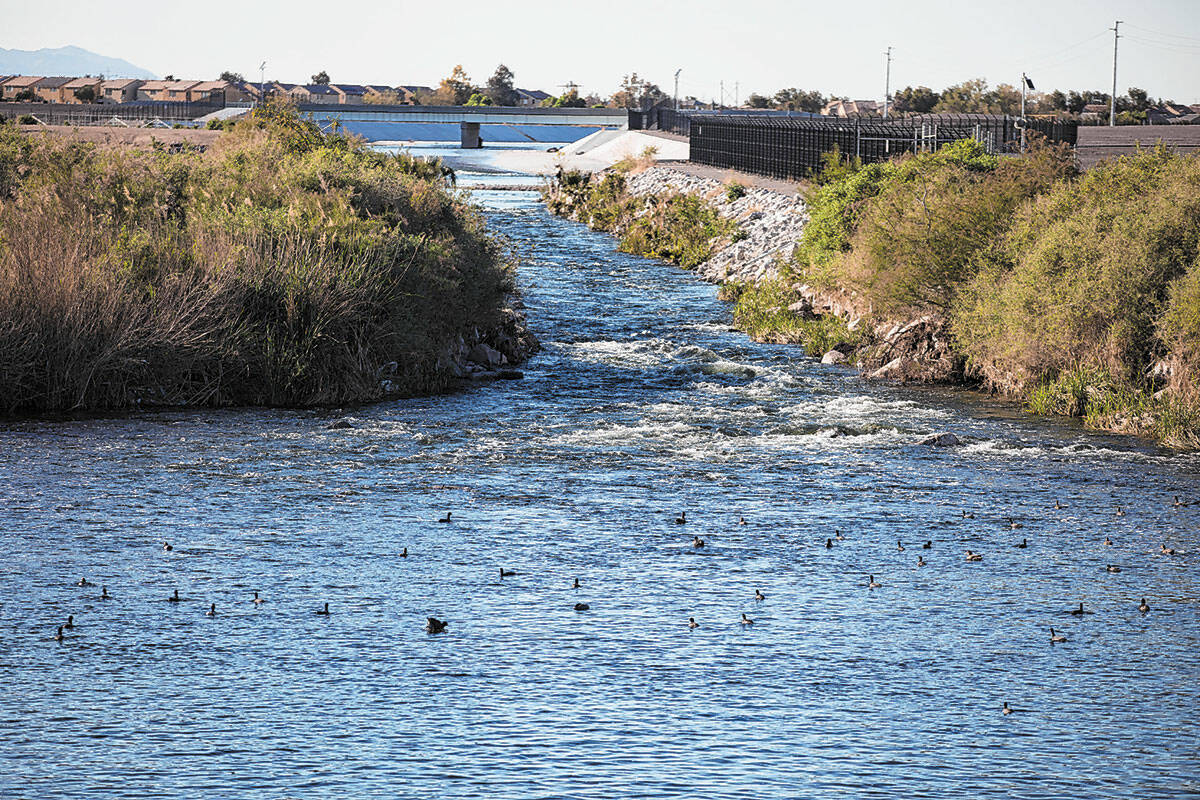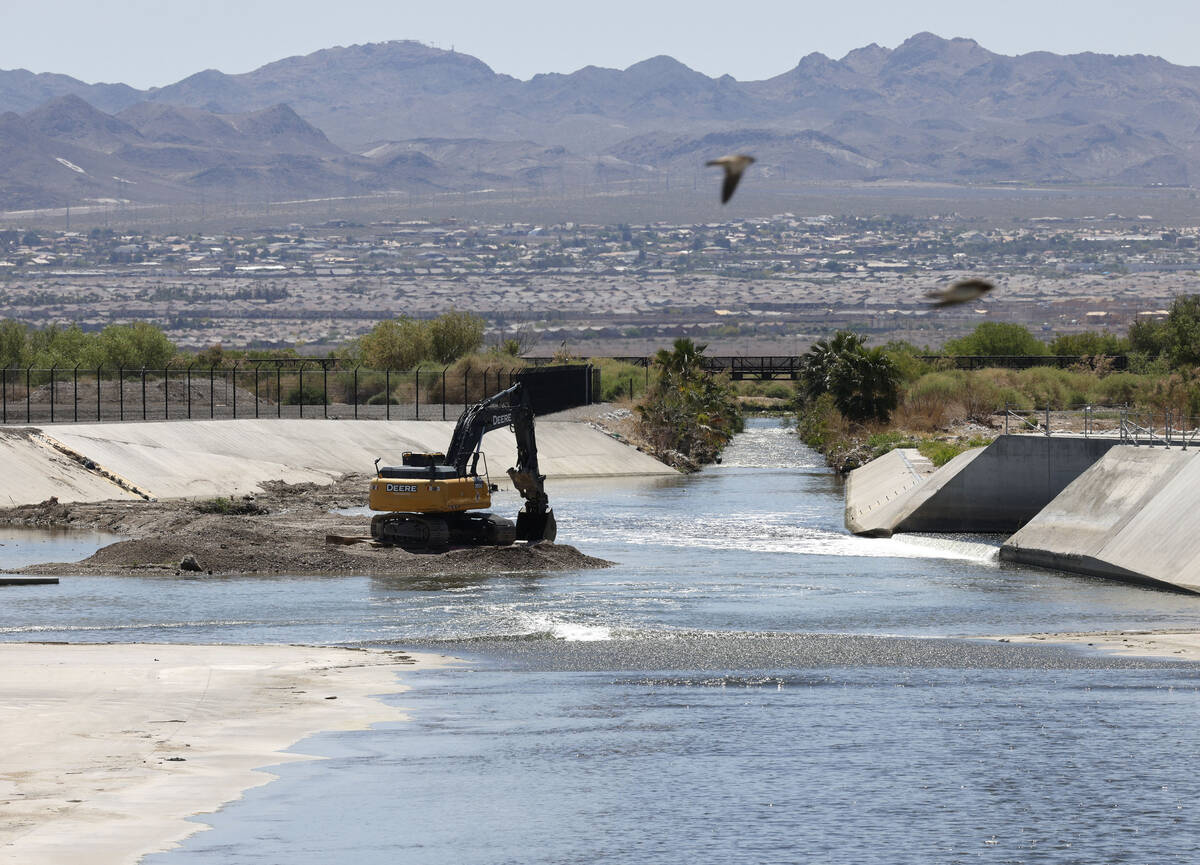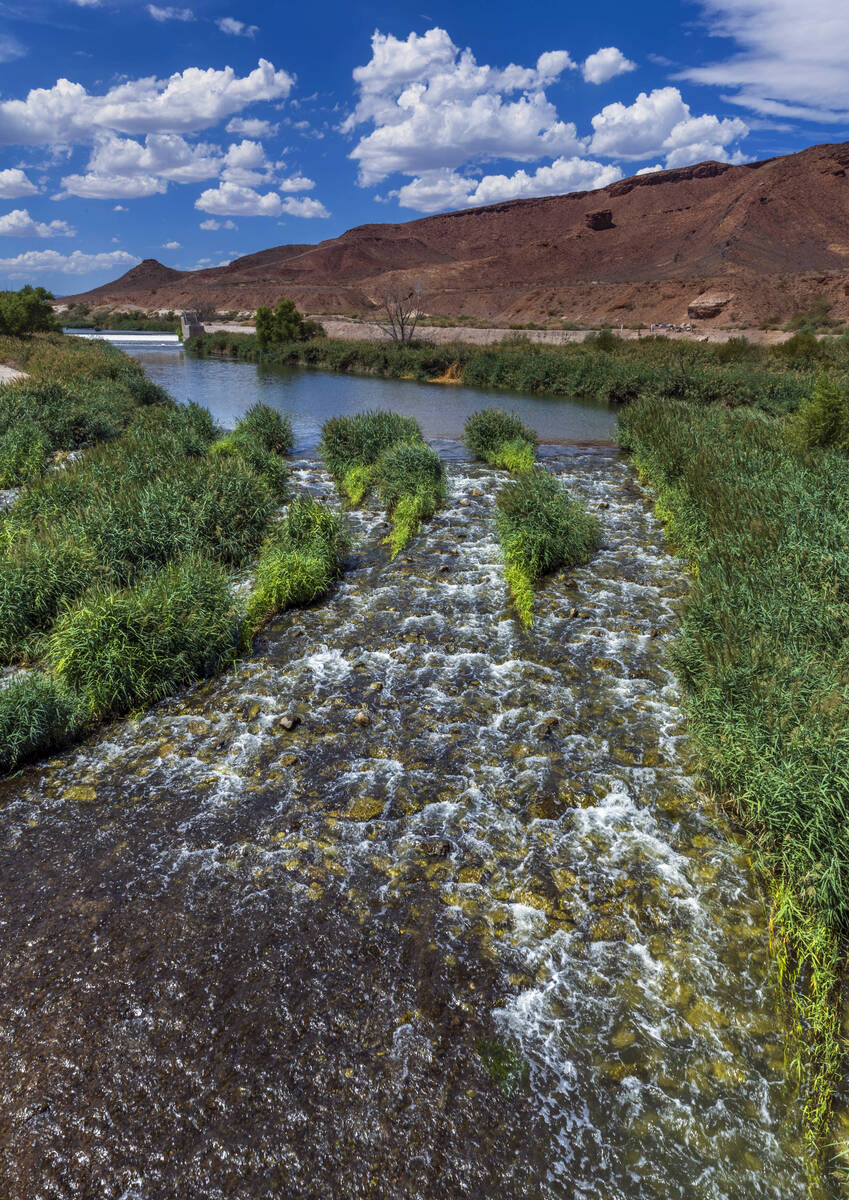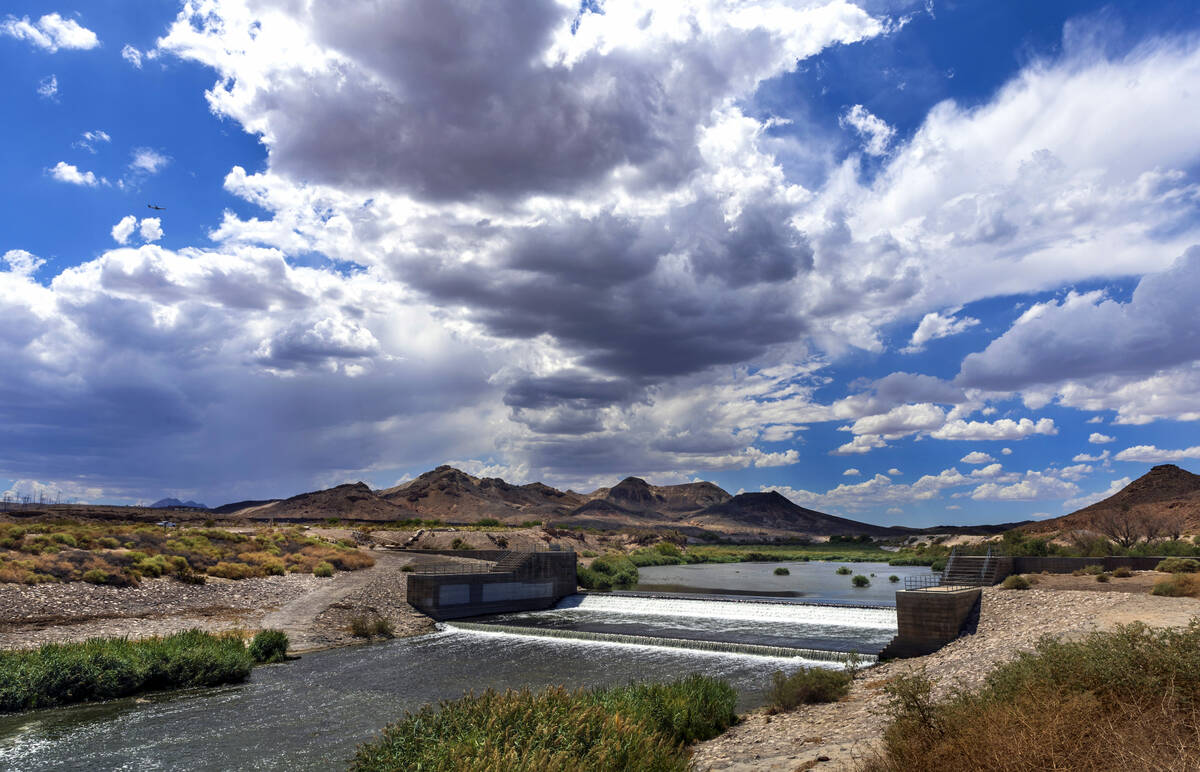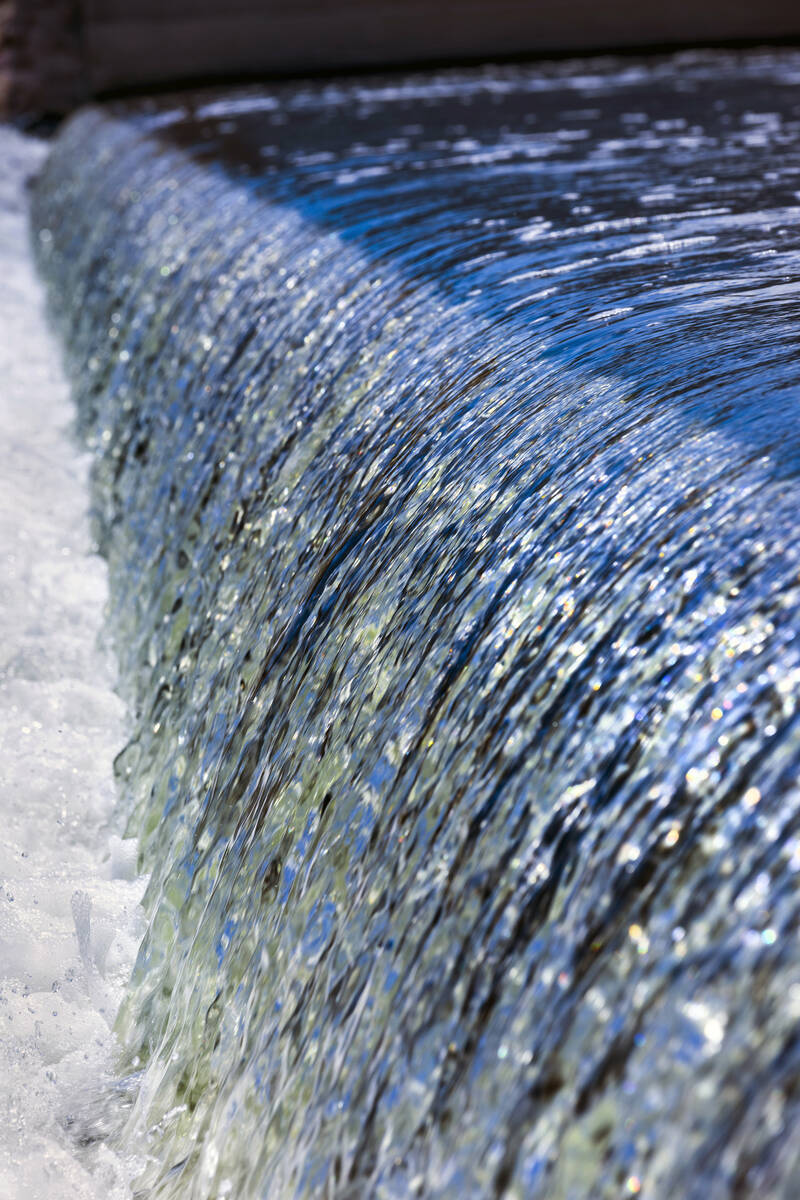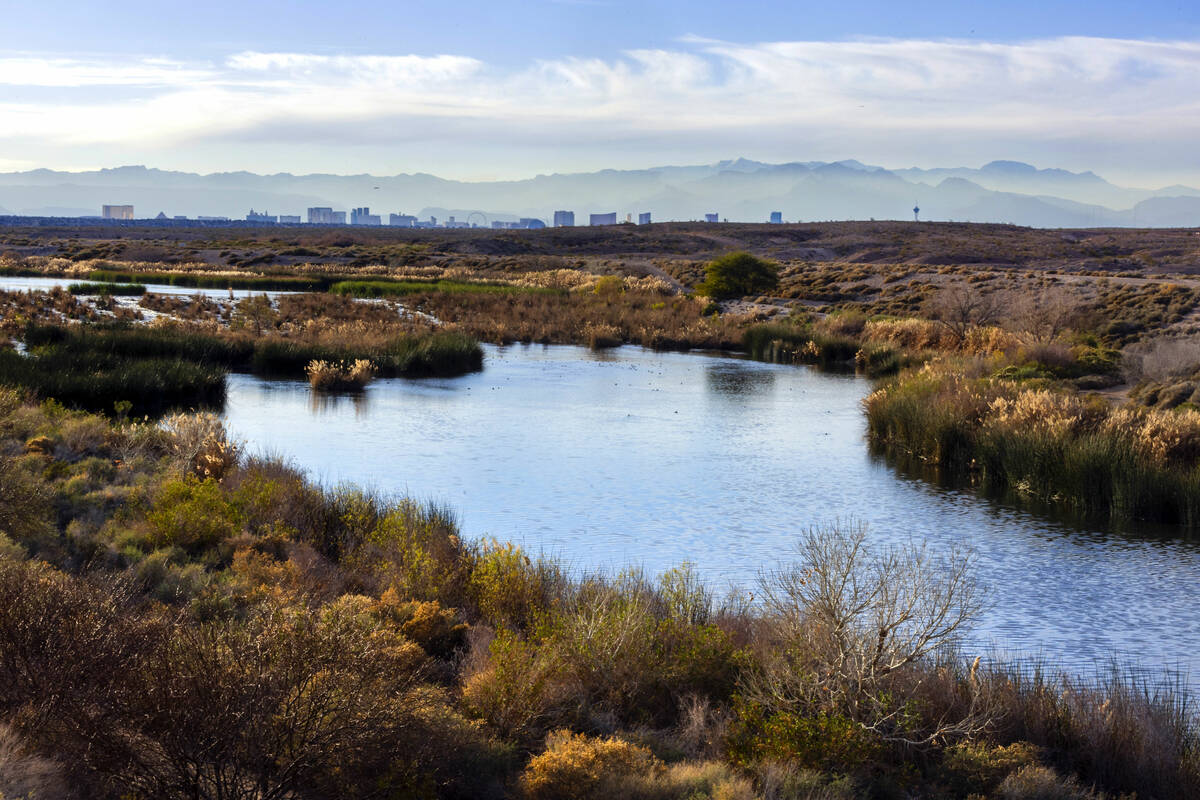MDMA in the Las Vegas Wash? Drugs are in the water, study finds
Every day, the Las Vegas Wash brings a steady stream of more than 200 million gallons of water back into Southern Nevada’s most precious resource — Lake Mead.
But after major events in 2022 like Electric Daisy Carnival and the NFL draft, scientists found something unusual in the flow coming from wastewater facilities.
After EDC, higher concentrations of party drugs like cocaine, MDMA, ketamine and methamphetamine lay dissolved in the water that would eventually be treated again before coming out of sinks, fridges and showers. And after the NFL draft, scientists saw increased levels of medications meant to treat conditions like high blood pressure and cholesterol.
Drugs don’t fully metabolize in human bodies and are partially released when people use toilets. All indoor water, including sewage, is recycled in Las Vegas to lower overall use as megadrought in the West persists.
Though there’s no cause for alarm, the study published in the International Journal of Environmental Science and Technology this month expands water scientists’ understanding of how medicines and illicit drugs are emerging as pollutants across the country’s water supply.
“There is no risk to our drinking water,” said Douglas Sims, a dean at the College of Southern Nevada who led the study. “But what we do today will impact what will happen tomorrow.”
Drug abuse affects water quality
The findings reveal that so-called drugs of abuse like cocaine were found in larger amounts after EDC than the NFL draft. For instance, scientists observed MDMA, also known as ecstasy, at a concentration 46 times higher after EDC when compared with a control period.
In contrast, probably because of an older crowd, the NFL draft saw increased levels of medications meant to treat conditions like joint pain rather than party drugs.
Sims worries about how these contaminants could build up, or biomagnify, over time in fish and marine life. He likens the effect to mercury, of which high levels in fish can be harmful to pregnant women.
Scientists are having similar conversations about PFAS, or “forever chemicals” — the scale of which they are only beginning to understand.
“The levels that we see of MDMA, for example, are relatively low for you and I,” he said. “In the environment, based on the food chain, that effect will magnify as it goes up.”
Water authority aware of issue
Regardless of which type of drug is found in the wash or when, the region’s system that delivers drinking water to its residents includes many filtration barriers, Dan Garrity, a principal research scientist at the Southern Nevada Water Authority, told the Las Vegas Review-Journal.
The treatment of wastewater happens at two major facilities in Southern Nevada. The process does a fairly good job at removing these drugs from the water, he said, but it’s not a perfect science.
The wash itself is meant to act as a natural filter as wastewater and runoff pass through 12 miles of wetlands. Water is tested frequently for pollutants and is treated again before it reaches taps in the valley, Garrity said.
”A wastewater treatment plant is not the final barrier,” he said. “It’s just the first step.”
Ultimately, drinking water in Las Vegas meets all safe drinking water standards, he said.
Duane Moser, a microbiologist at the Desert Research Institute who wasn’t involved in the study, said the paper highlights how water can be useful in understanding human behavior, especially in transient Las Vegas.
Scientists have been tracking other drugs in wastewater for decades, but the questions the study raises about fish are good ones, Moser said.
“Illicit drugs by definition are difficult to track,” he said. “The idea that drugs might have an impact on wildlife — I don’t think we have any idea at this point.”
Contact Alan Halaly at ahalaly@reviewjournal.com. Follow @AlanHalaly on X.




